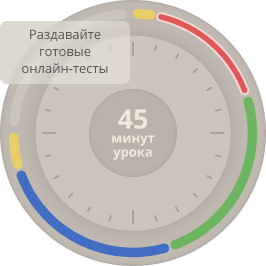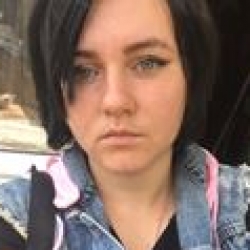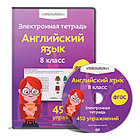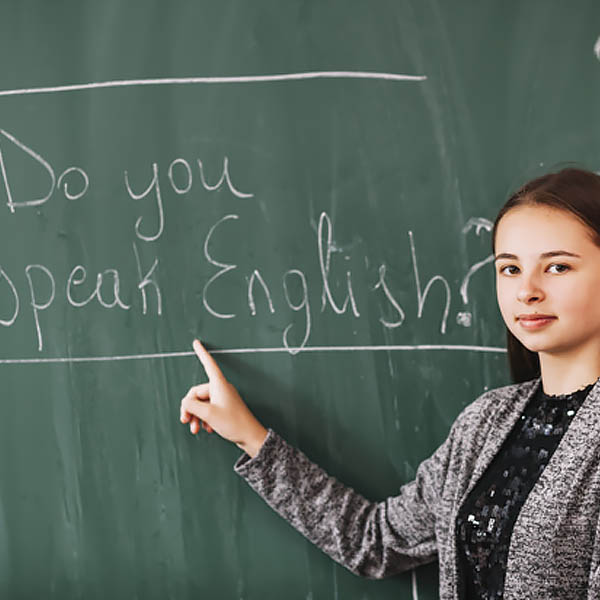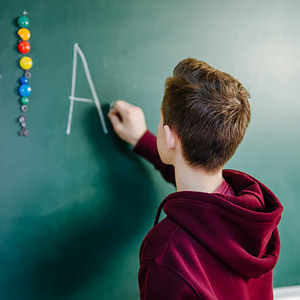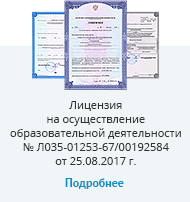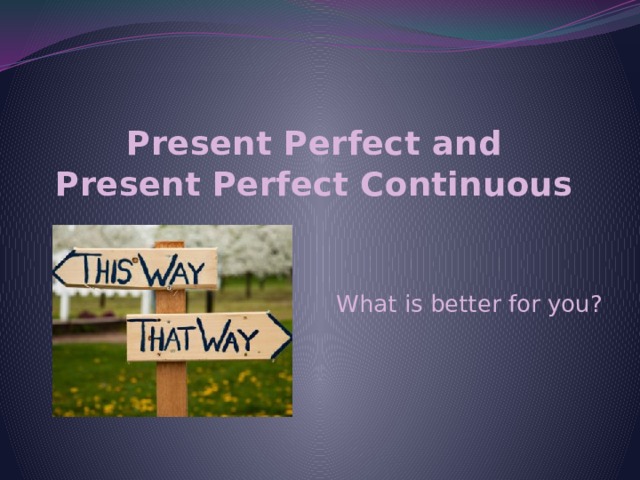
Present Perfect and Present Perfect Continuous
What is better for you ?

Let’s imagine, guys!
- You have got a cup of tea on your table.
- But then, your cup fell down!
- As a result , what have you got?
Unfortunately, only a broken cup!
It is the result of your action .

Or another situation:
- In the morning, you got up early and began to work in the garden.
- It’s 3 pm now, but I see you working «hand and foot»!
You are very tired, but you want to finish this work!
You are still in the process!

When we speak about such situations, we should use 2 different Grammatical Tenses:
Present Perfect or Present Perfect Continuous.
We have already spoken about Present Perfect Tense, but Perfect Continuous, what’s it?

Let’s remember:
Present perfect tense indicates that something has just happened!
- I have completed the work.
-We have arranged the books.
-She has opened a window.
Also, Present perfect tense is used to talk about events or about past actions that are completely finished.
-I could not go to the stadium because I have broken my leg.
-The government has declared Monday a holiday.
( Wow!The same thing with our cup on the first slide! )

But in the Present Perfect Continuous , completely different rules!
The Present Perfect Continuous , on the other hand, indicates that something has been happening.
This is especially true at the time of speaking as in the following example.
- It has been raining since morning.
-It is understood that the rain has not stopped at the time of speakin g.
The Present Perfect Continuous tense, on the other hand, describes an action that was happening at regular intervals at the time of speaking.
-I have been reading some of Tennyson’s poetry.
From this sentence, you get the idea that the person was reading Tennyson’s poetry at regular intervals though he was not reading at the time of speaking.

Let us see how the verb is constructed in Present Perfect Tense:
Has/ Have + past participle of the given verb
Present Perfect Continuous Tense:
Has/ Have + been + present participle of the given verb (or you can say verb + ing )

What is the difference between Present Perfect and Present Perfect Continuous?

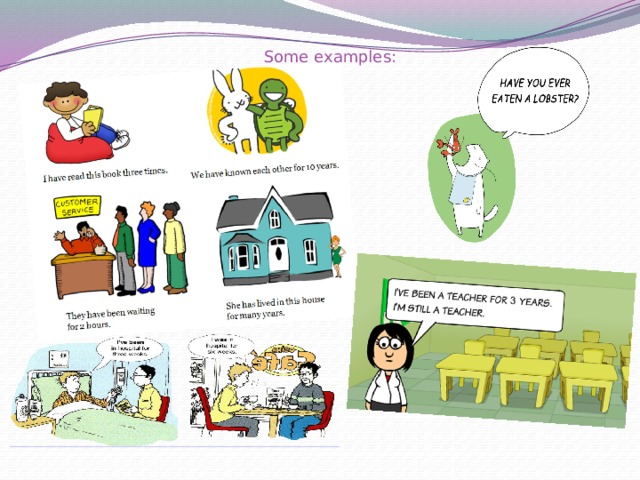
Some examples:
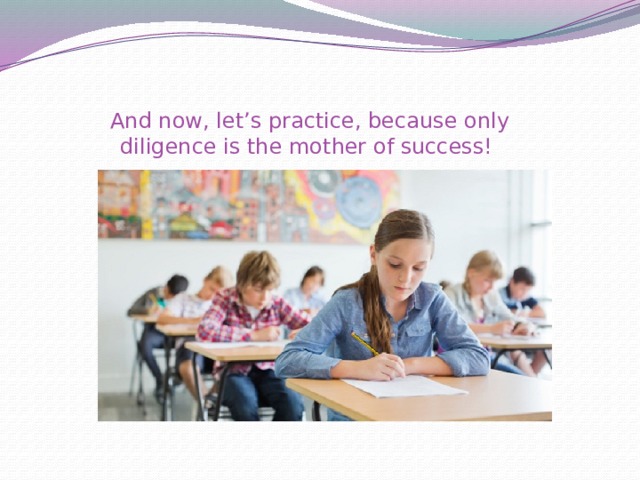
And now, let’s practice, because only diligence is the mother of success!


